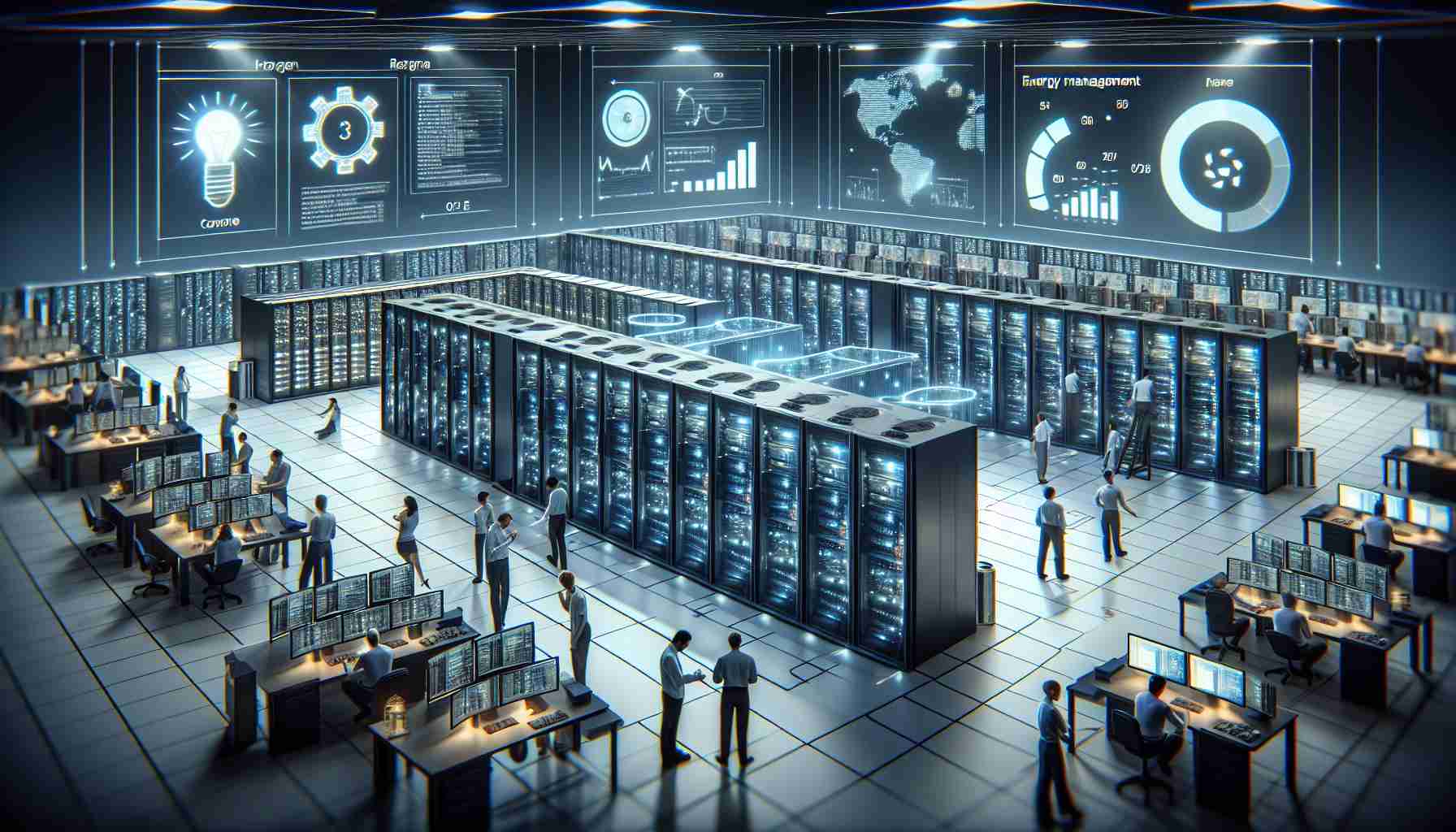As artificial intelligence (AI) technologies continue to make significant strides, their increasing demands for computing power are driving the expansion of data centers and intensifying discussions about energy consumption. A clear example of this trend is NextDC, Australia’s largest data center provider, which recently announced a capital raising initiative to meet the booming demand for AI-powered services.
NextDC’s planned expansion includes an investment of $1.32 billion aimed at accelerating the development of facilities in Sydney and Melbourne. The move comes as the company recognizes significant growth in the need for robust data infrastructure, fueled by AI applications’ appetite for data processing and storage.
In particular, generative AI, a specialized subset of artificial intelligence, is catalyzing this surge in demand. Generative AI requires high-performance computing and consequently more substantial and energy-intensive data centers. NextDC’s approach includes adapting to the heightened power needs, which are estimated to be tenfold that of previous generations, by implementing innovative cooling techniques and preparing electrical grids for greater capacity.
Morgan Stanley’s research underscores the magnitude of this AI-driven growth, projecting that within three years, generative AI could consume up to 116% of the world’s data center power usage in 2022. The investment firm has highlighted the potential growth dividends for companies involved in power supply and data center infrastructure, although the broader impact on regulated utilities is expected to be minimal.
The industry’s evolution is also underpinned by changing design considerations. High-powered AI data centers need to factor in increased rack densities and more advanced cooling technologies, signifying a shift in architectural and operational strategies.
Furthermore, the ripple effect is being felt by other players in the sector, such as Airtrunk, which has seen its valuation soar, and Goodman Group, actively pursuing data center projects. These developments reflect a broader market recognition of the vital role data centers play in supporting the next wave of AI innovation, despite the environmental concerns associated with their energy use. Analysts from Morgan Stanley, however, posit that the net sustainability impact of generative AI will likely be positive, considering its potential benefits alongside a relatively small carbon footprint.
In summary, the explosive growth of AI technologies is reshaping the data center landscape, driving substantial investment and innovation while sparking necessary conversations about sustainability and energy usage.
**Expanding the Role of Data Centers in the AI-Driven Market**
As artificial intelligence (AI) becomes increasingly entrenched in various aspects of our lives, its presence is notable across industries – from healthcare diagnostics to autonomous vehicles and personalized e-commerce experiences. This integration is driving a meteoric rise in the data centers sector, which serves as the backbone of AI operations by providing the necessary computing power to process large volumes of data.
NextDC and its recent capital initiative are a testimony to the burgeoning industry’s prospects. By bolstering its facilities in key Australian cities, the company prepares to harness the expansion of generative AI, which is particularly demanding in terms of processing capabilities. This demand paints a future where not only the size but also the efficiency of data centers becomes paramount, with cooling technologies and sustainable power becoming central themes in the developmental narrative.
With forecasts like those from Morgan Stanley painting a picture of intense power usage centered around data centers, the industry’s trajectory hints at a double-edged sword – exciting growth on the one hand, and towering challenges in energy sustainability on the other. Yet, the market outlook remains bright with predictions of significant monetary gains for stakeholders within the power supply chain and data center infrastructure niche.
The market for data centers is expected to witness notable trends and forecasts. Industry analysts predict that with the increasing dependency on cloud computing and the IoT, the global data center market size will continue to expand. Market forecasts have indicated that it could exceed $200 billion by the close of the decade, showcasing the industry’s robust potential.
However, this growth does not come without its issues. Data centers are energy-intensive, and as their numbers rise to meet AI’s appetite, so does the environmental concern associated with their carbon emissions. Innovations in cooling techniques and the use of renewable energy sources become more than a selling point—they become imperative for sustainable operations.
Yet, the belief in the positive net sustainability impact of generative AI outlined by Morgan Stanley suggests an optimistic view that the innovation and benefits stemming from AI can outweigh the carbon footprint if managed correctly. The industry is in the thick of a transformative period where efficiency and environmental impact are as crucial as computing power – a complex jigsaw that stakeholders like Airtrunk and Goodman Group are also navigating as they invest in next-generation data centers.
In wrapping up the review, the progression of AI technologies presents an intriguing scenario for the data center industry. This sector is now at a crossroads of unprecedented investment, cutting-edge innovation, and essential discourse on sustainability. The continual refinement of data center design and operation will likely play a decisive role in how effectively the digital world can reconcile rapid AI expansion with the physical limitations and responsibilities of our global environment. It is a space that not only industry insiders but also society as a whole must watch with keen interest.
For further information on the data center industry and AI market trends, readers may refer to trusted sources such as Morgan Stanley for financial forecasts and market insights.
The source of the article is from the blog maltemoney.com.br

